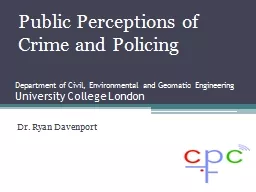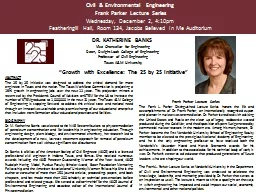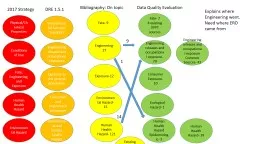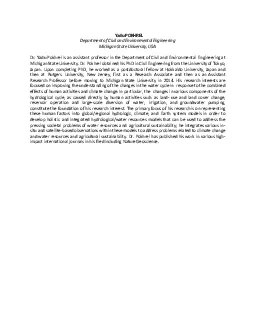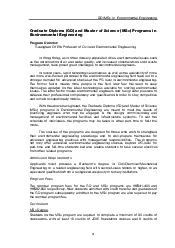PPT-Department of Civil, Environmental and Geomatic Engineering
Author : trish-goza | Published Date : 2016-06-19
University College London Dr Ryan Davenport Public Perceptions of Crime and Policing Overview Signal Crimes and Signal Disorders Neighbourhood Effects A Structural
Presentation Embed Code
Download Presentation
Download Presentation The PPT/PDF document "Department of Civil, Environmental and G..." is the property of its rightful owner. Permission is granted to download and print the materials on this website for personal, non-commercial use only, and to display it on your personal computer provided you do not modify the materials and that you retain all copyright notices contained in the materials. By downloading content from our website, you accept the terms of this agreement.
Department of Civil, Environmental and Geomatic Engineering: Transcript
Download Rules Of Document
"Department of Civil, Environmental and Geomatic Engineering"The content belongs to its owner. You may download and print it for personal use, without modification, and keep all copyright notices. By downloading, you agree to these terms.
Related Documents

